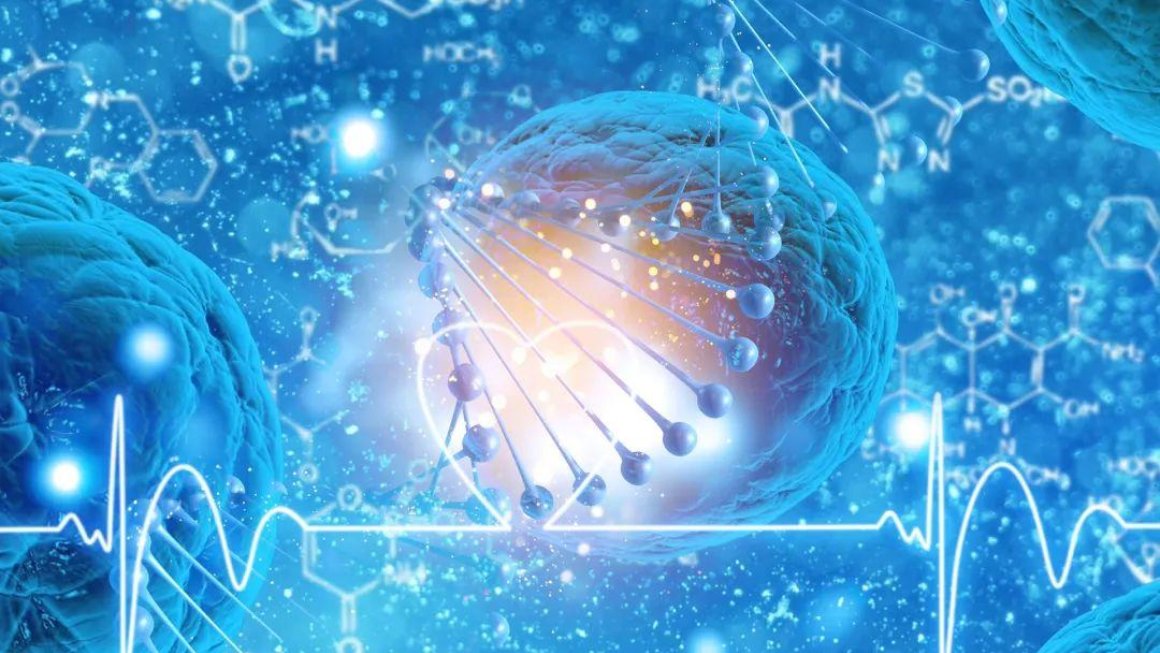Brachytherapy (BT), an internal radiation therapy used on a local and specific part of the body, is applied to treat cancers of head, neck, breast, cervix, prostate and eyes. BT uses seeds, ribbons or capsules that contain radiation and places them directly inside or near the tumors. The major advantage of BT is that it is able to deliver high-dose radiation to the tumor directly without side effects on the surrounding healthy tissues, while the disadvantages of the traditional BT are heterogenous tumor dose coverage and patient discomfort at the site of intratumoral placement.
A new method of BT which enables the liquids of radioactive compounds to be directly injected into the tumor was created, and the liquid can be injected using thin needles. As a result, the liquid can be spread out in the tumor and the number of the injections can be reduced, making the whole procedure less invasive and patients more comfortable. One characteristics of the liquid BT is finding a suitable delivery system to effectively distribute and retain radioactive materials in the designated area. Apart from that, liquid BT is capable of mapping intratumoral dose distribution for better dosimetry schedule. Therefore, the method of liquid BT are considered a theramostic due to its ability to be used for diagnostic and therapeutic purposes. To address the issues, researchers developed cationic liposomes.
Researchers developed two types of DOTA that contain chelator agents with hydrophobic acyl chains and triarginine groups. They can transit from one cell membrane to another, carrying the chemotherapeutic radioactive material gradually in a controlled way. In order to increase the affinity of the delivery system to cancer cells, the highly positively charged triarginine groups were included as the cancer cells are more negatively charged than healthy cells. The developed DOTA-triarginine-lipid conjugates were proven to have a higher affinity to membranes with more negatively charged head groups. They were labeled with 64Cu and imaged via PET/CT. Imagining showed the large amount of tumor retention as the free labeled conjugate and the labeled liposome. The free labeled compound were washed out within 6 hours after injection. However, the labeled liposomal formulation had more stable intritumoral radioactivity at 6 to 24 hours. With obvious potential, these liposomal delivery systems have diverse therapeutic applications.




